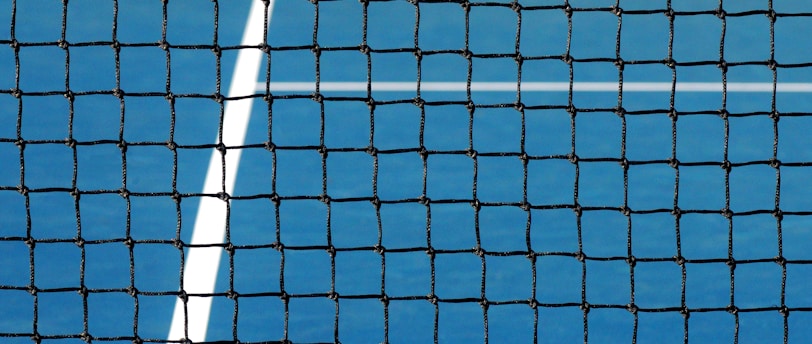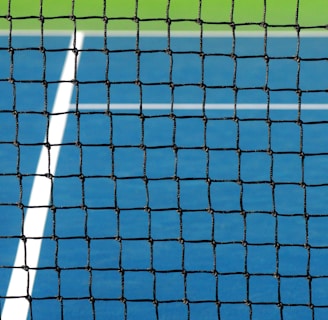Tips to Avoid Getting Tennis Elbow: Protecting Your Wrist and Hand
11/18/20232 min read


Tips to Avoid Getting Tennis Elbow: Protecting Your Wrist and Hand
Are you an avid tennis player? Do you find yourself using your wrist and hand excessively during your games? If so, you may be at risk of developing tennis elbow, a common condition that causes pain and inflammation in the tendons of the forearm.
Tennis elbow, also known as lateral epicondylitis, is not limited to tennis players alone. It can affect anyone who engages in repetitive activities that strain the wrist and hand, such as painting, typing, or playing musical instruments. Fortunately, there are several steps you can take to protect your wrist and hand and prevent tennis elbow. Let's explore these tips in detail:
1. Warm Up and Stretch
Before starting any physical activity, it is essential to warm up your muscles and joints. Take a few minutes to perform some gentle wrist and hand stretches to increase flexibility and reduce the risk of injury. Simple exercises like wrist curls and finger extensions can help loosen up the muscles and prepare them for the demands of the game.
2. Use Proper Technique
One of the primary causes of tennis elbow is improper technique. When playing tennis or engaging in any other activity that involves repetitive hand and wrist movements, ensure that you are using the correct form. Consult a coach or instructor to learn the proper technique and avoid unnecessary strain on your tendons.
3. Strengthen Your Forearm Muscles
Building strength in your forearm muscles can help prevent tennis elbow. Incorporate exercises that target these muscles into your regular workout routine. Wrist curls, forearm twists, and grip strengthening exercises using a stress ball or hand gripper are effective ways to strengthen the muscles and reduce the risk of injury.
4. Take Breaks and Rest
Overuse is a common cause of tennis elbow. Avoid excessive strain on your wrist and hand by taking regular breaks during activities that involve repetitive movements. Allow your muscles and tendons time to rest and recover. If you are playing tennis, consider alternating between singles and doubles matches to give your arm a break.
5. Use Proper Equipment
Investing in the right equipment can make a significant difference in preventing tennis elbow. Ensure that your tennis racket is properly sized and has the appropriate grip size for your hand. A racket with a larger grip can help distribute the force more evenly, reducing strain on your wrist and hand.
6. Wear a Supportive Brace
If you are prone to developing tennis elbow or have experienced it in the past, wearing a supportive brace can provide added protection. A brace or strap that wraps around the forearm can help alleviate stress on the tendons and reduce the risk of injury.
7. Listen to Your Body
Pain or discomfort in your wrist and hand should not be ignored. If you experience any symptoms of tennis elbow, such as pain on the outside of the elbow, weakness in the hand, or difficulty gripping objects, it is crucial to seek medical attention. Early diagnosis and treatment can prevent further damage and help you recover faster.
By following these tips, you can minimize the risk of developing tennis elbow and keep your wrist and hand healthy. Remember, prevention is always better than cure. Take care of your body, listen to its signals, and make the necessary adjustments to protect yourself from injuries.
Disclaimer: This blog post is for informational purposes only and should not be considered medical advice. Consult a healthcare professional for personalized recommendations and treatment options.
info@physiosrilanka.com
+94 74 156 1782
Physio Sri Lanka - Physio Lanka (PVT) Ltd.
Get a call back from a Physio
Stay Connected
Call or WhatsApp
+94 74 156 1782
Nipun Anuradha (MCSP)
Charted Physiotherapist, United Kingdom
NHS (National Health Service), England
